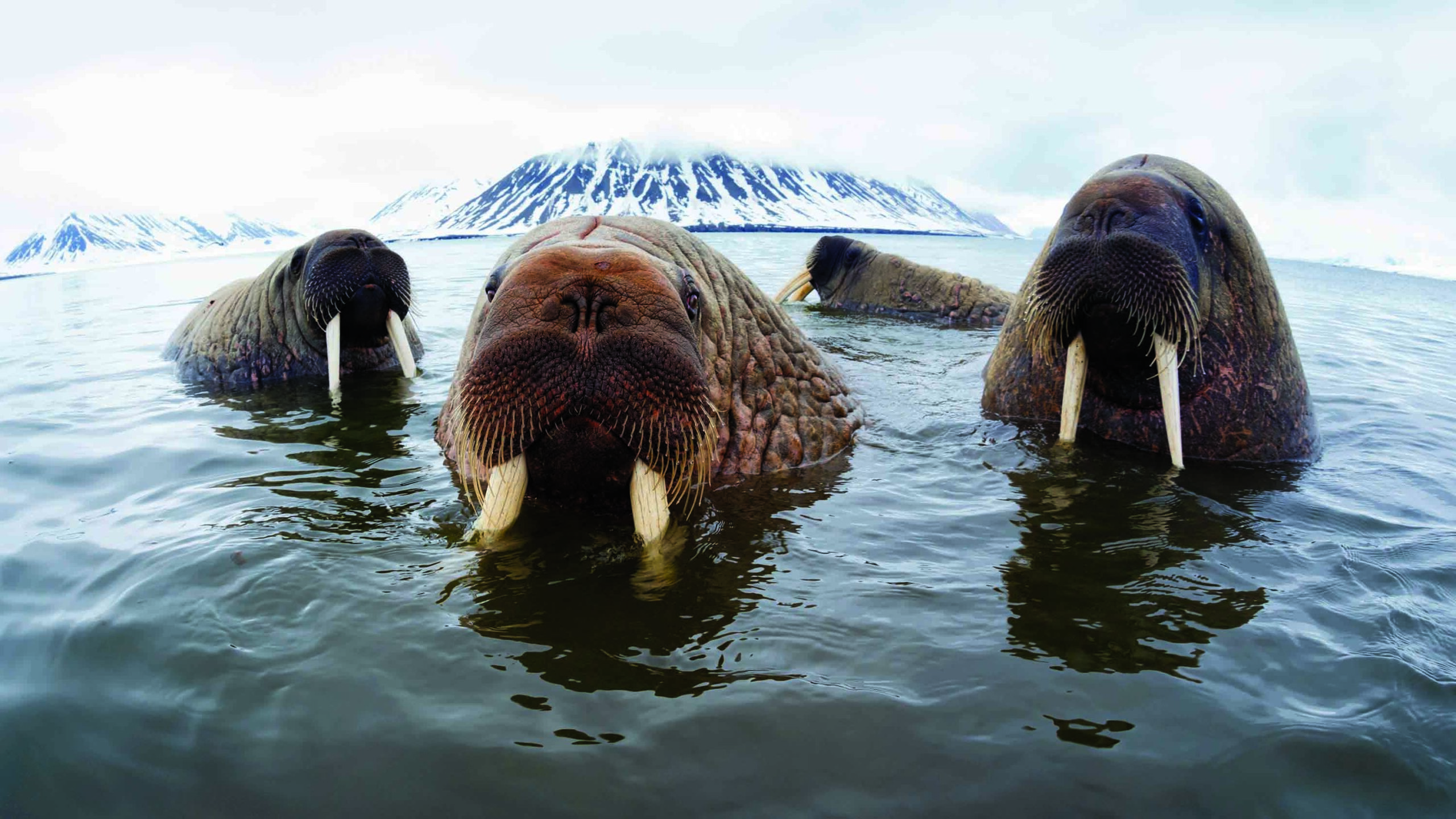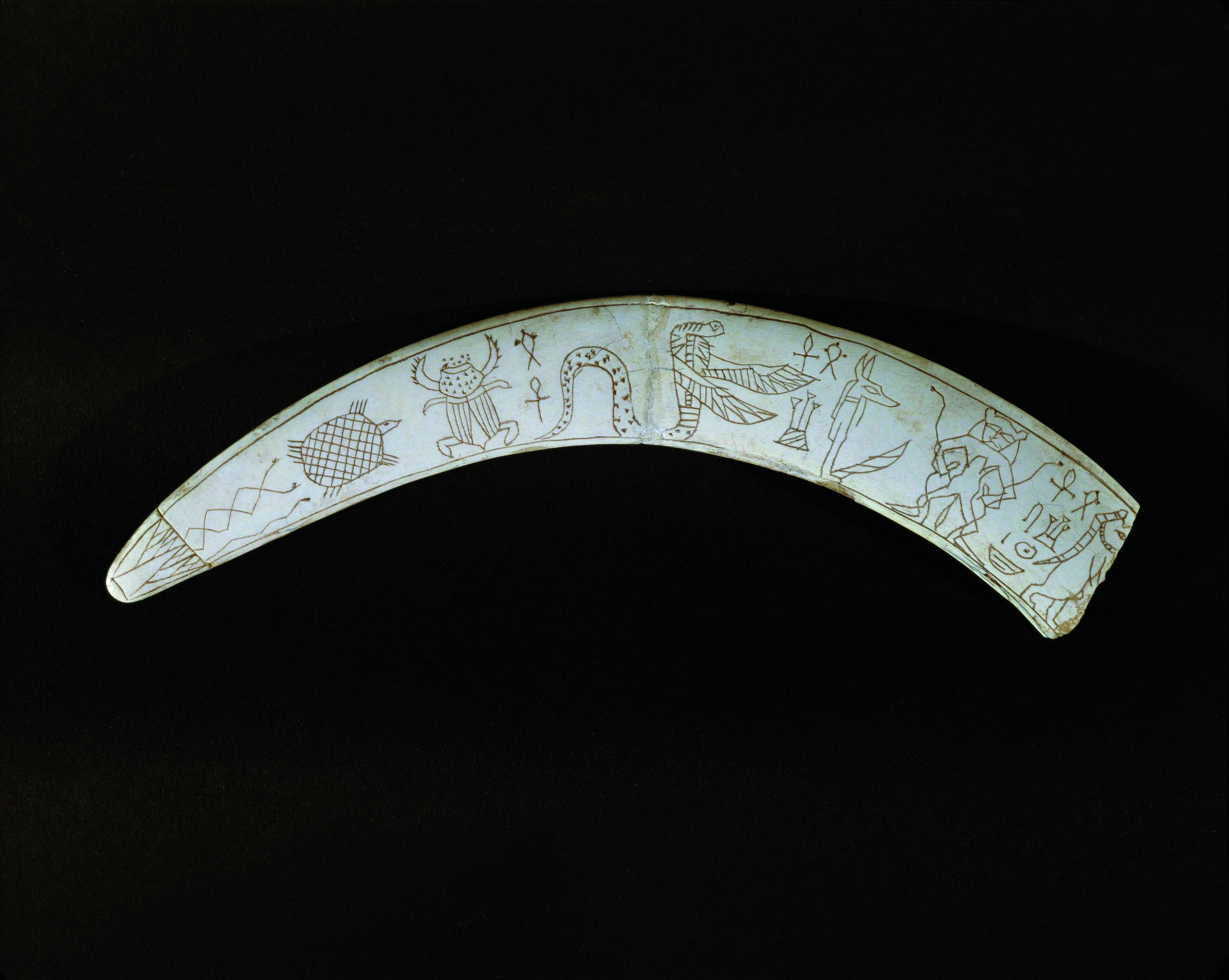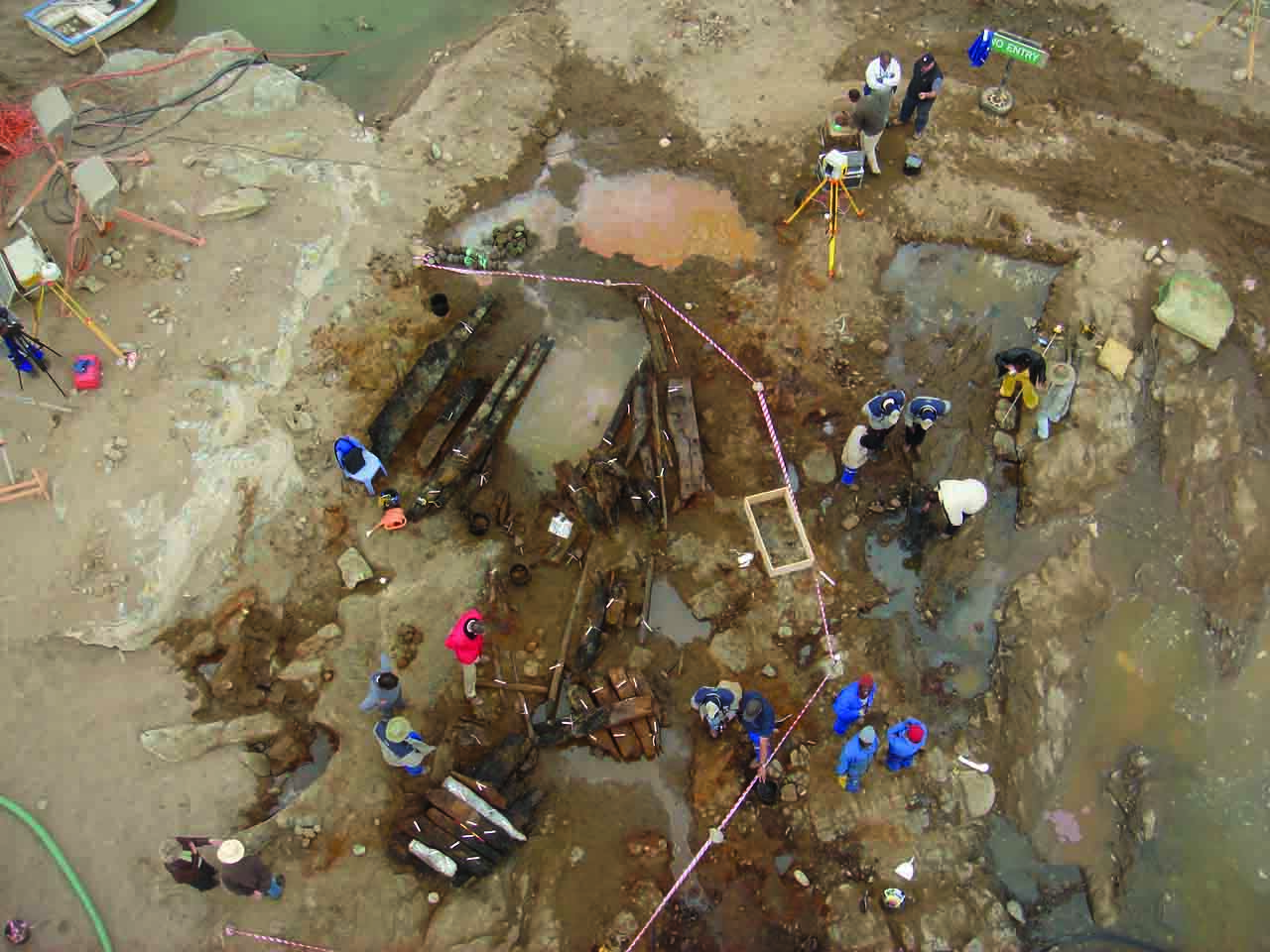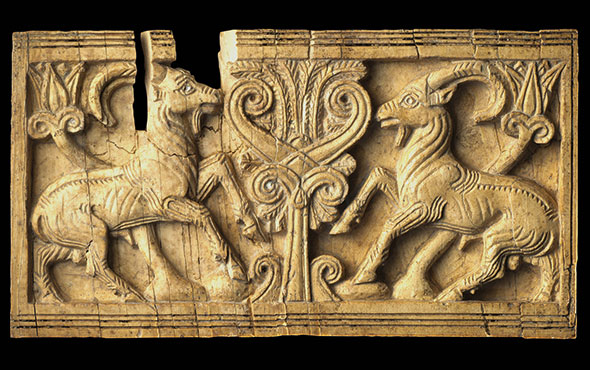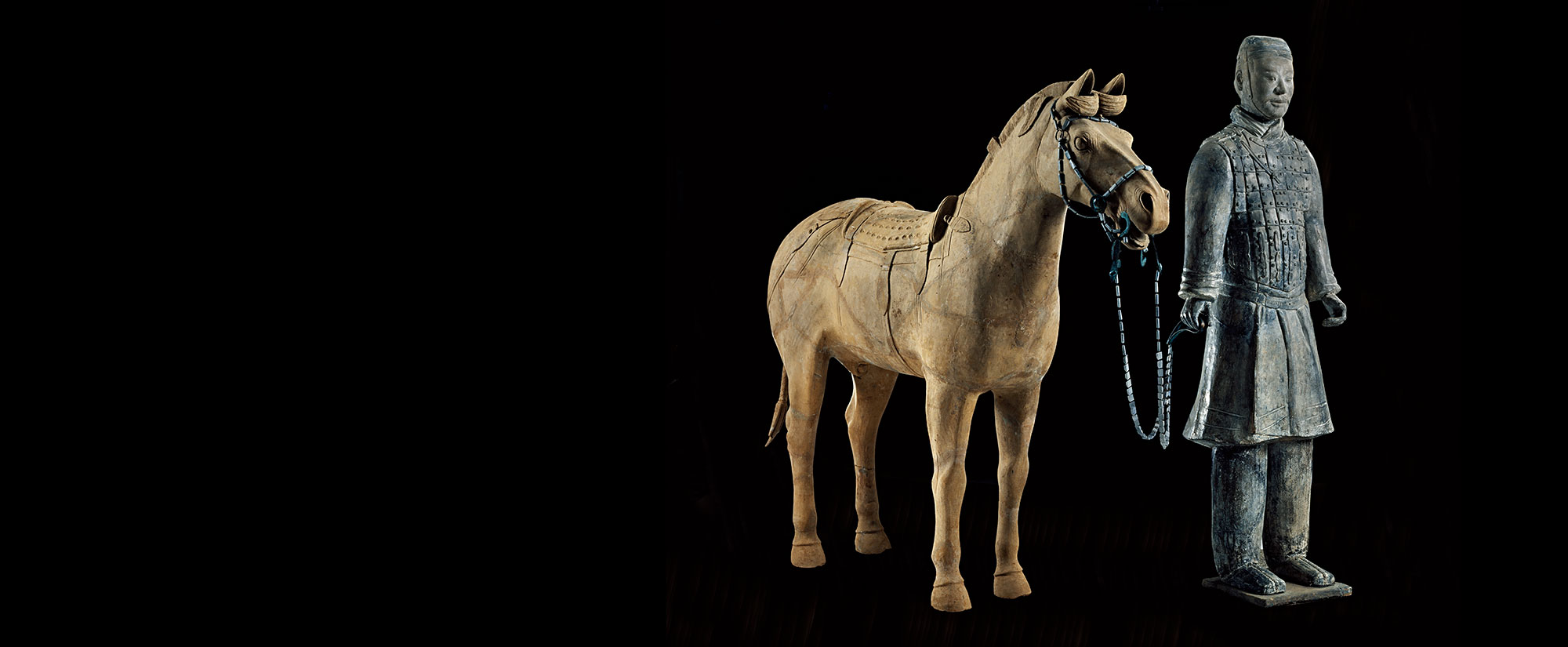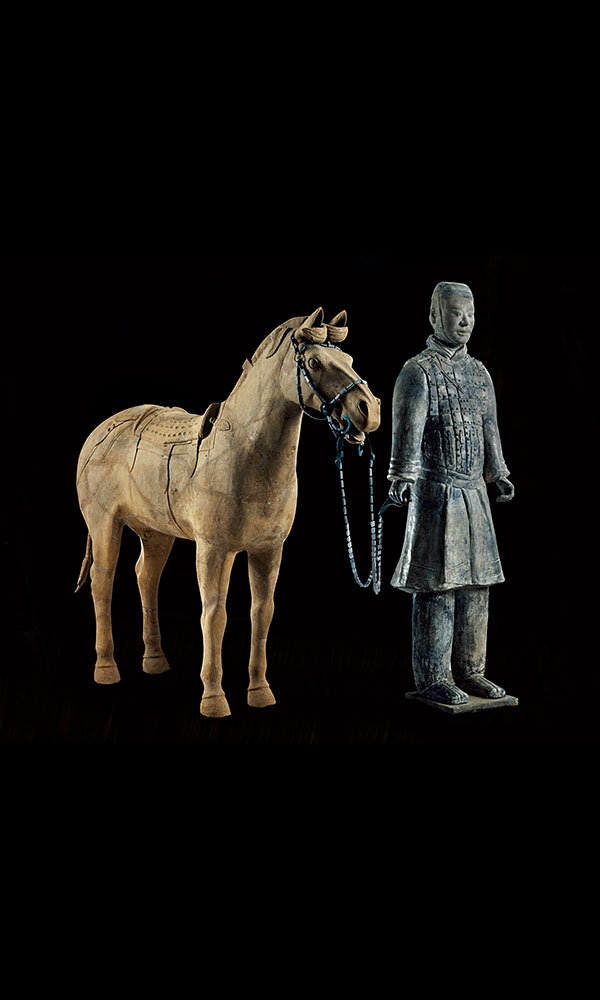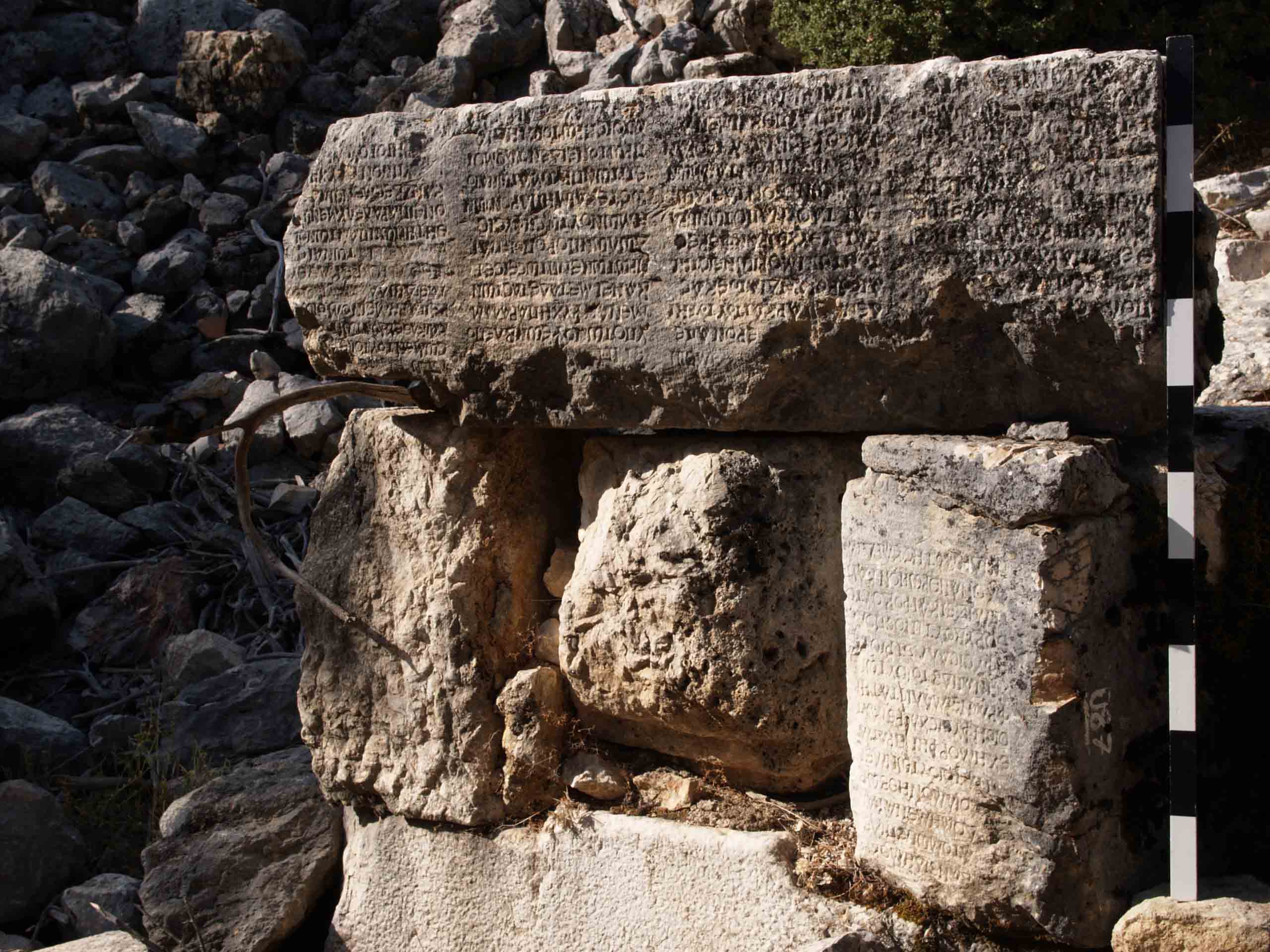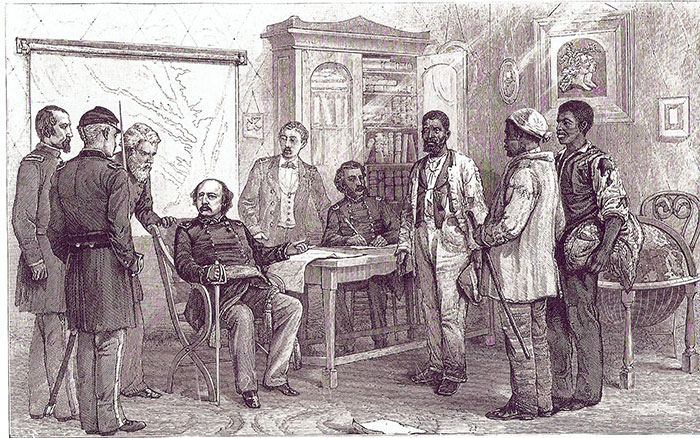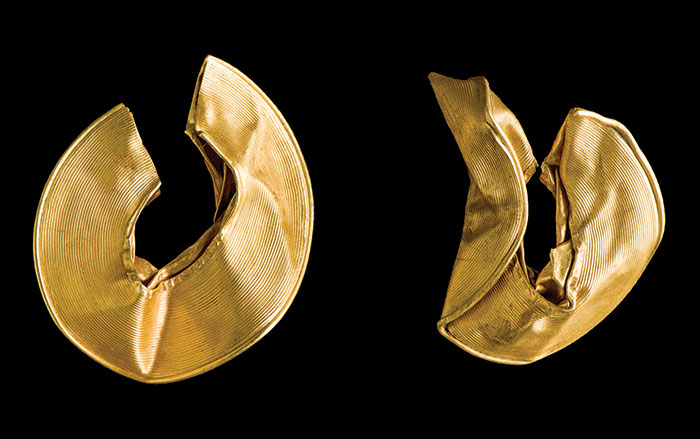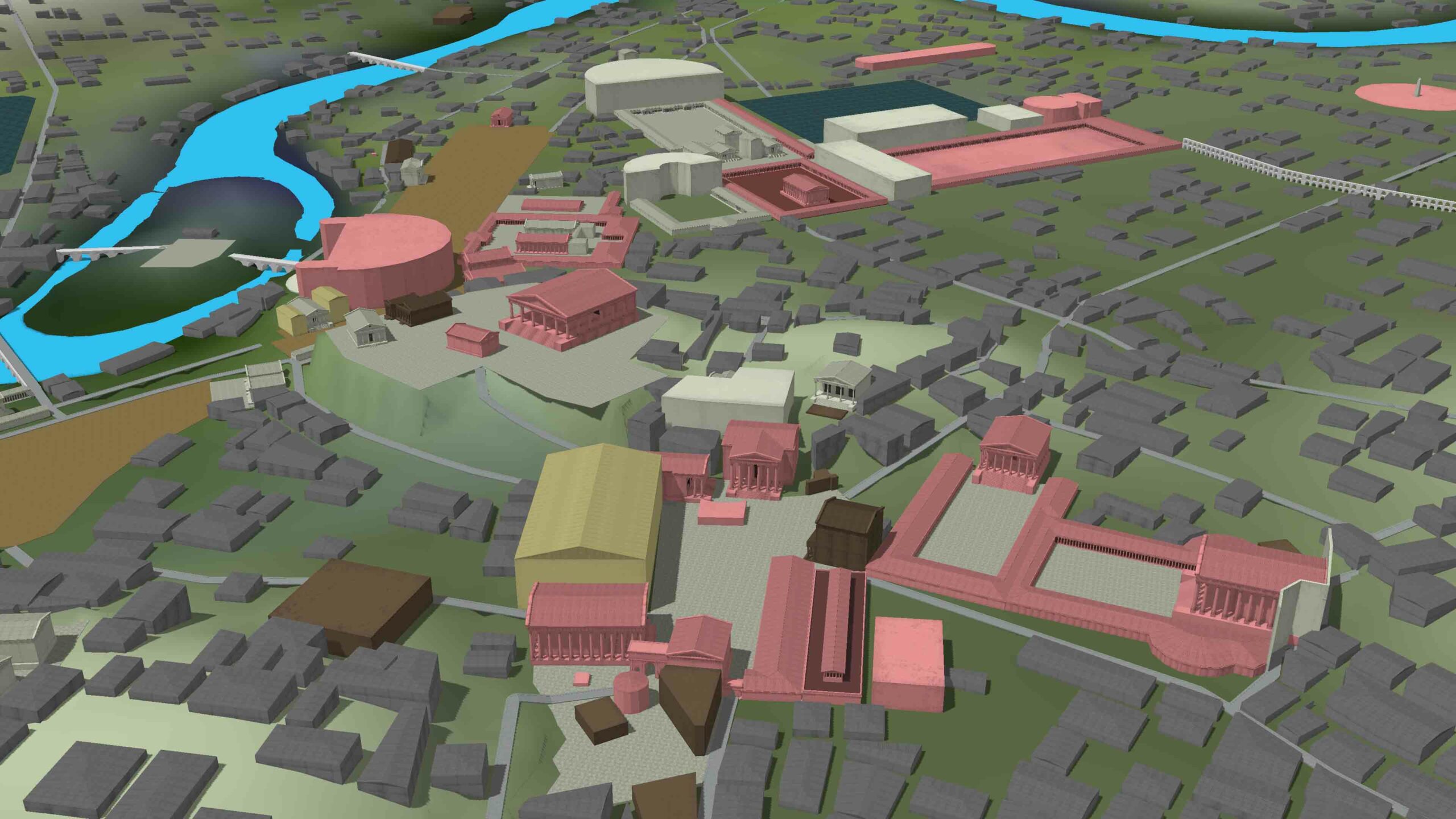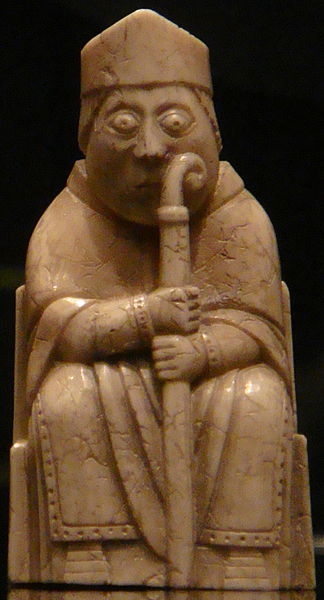
REYKJAVIK, ICELAND—The skeletons and tusks of 50 walruses have been found since the late nineteenth century on the Snæfellsnes peninsula in western Iceland. According to Iceland Magazine, recent carbon dating of the bones indicates that they are at least 2,000 years old, and probably came from a large walrus colony that lived on the island before the arrival of the Vikings. Thus, early colonists would have had access to walrus ivory and bone for trade and for carving their own works of art. The new evidence supports the idea that the Lewis Chessmen, discovered in 1831 on the Isle of Lewis in the Outer Hebrides, Scotland, could have originated in Iceland. This had been suggested because the “bishop” pieces in the twelfth-century set are dressed in ceremonial clothing as bishops, as they were called in the Icelandic language. In English and other Scandinavian and Germanic languages of the time, the pieces that moved as “bishops” were known as “runners” or “messengers.” To read more about the Viking Era in Britain, go to "The Vikings in Ireland."


